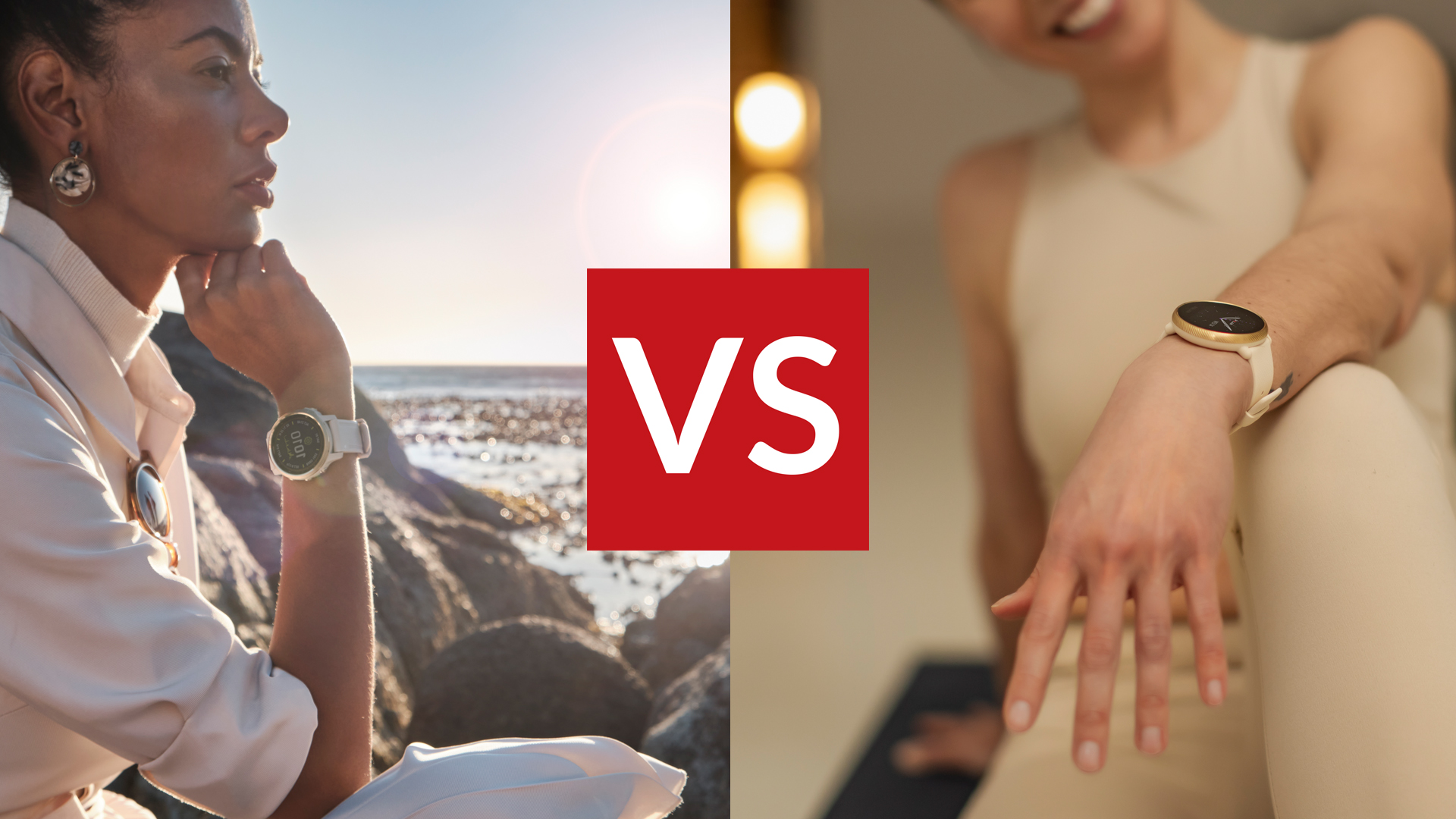

Although there are a lot of excellent fitness wearable brands on the market today, when it comes to tracking athletic performance with high accuracy, brands that stand out from the crowd are the two we will compare against each other here, namely Garmin and Polar. Both brands manufacture the most sought-after wrist wearables today, including models such as the Garmin Enduro and the Polar Vantage V2, and have been busy pushing the limits of fitness tech for at least a decade.
Garmin has been going above and beyond to create the best running watches for every kind of sports person and its Forerunner and Fenix series are highly coveted for their feature-richness and excellent build quality. The best Polar watches are also renowned for their excellent multisport watches and designed some of the best triathlon watches available in the market today. The Finnish brand is especially well known for its focus on recovery.
When getting a new running wearable, you’re not only buying the actual physical watch but also the ecosystem that surrounds it so it’s important to weigh the pros and cons of everything each brand has to offer. Not like the pressure wasn’t enough already but the decision is even more important since you’re most likely to stay with a brand, even after you upgrade your watch, so it’s all the more important to make an educated decision now to avoid disappointment later.
We also compared Suunto and Garmin here: Suunto vs Garmin.
Here are all the things to consider before buying your first (or next) Garmin or Polar watch (and here are all the best Garmin watch deals, just in case).
Garmin vs Polar: wearable lineup
Garmin is infamous for having way too many watches to choose from. We won’t be able to discuss every single Garmin watch in detail here – we have plenty of Garmin watch reviews on T3, if you’re interested – but there are three main ‘series’ you might want to know about: Forerunner, Fenix and Venu.
The Forerunner series is Garmin’s main multisport watch range and it’s true that there is a Forerunner for athletes at any skill level. Beginners will like the simplicity of the Forerunner 45/45S, intermediate athletes will appreciate the versatility of the Garmin Forerunner 245 and pros will love the Garmin Forerunner 945. There is also the Garmin Forerunner 745 which is aimed at triathletes and is almost identical to the Forerunner 945.
Sign up to the T3 newsletter for smarter living straight to your inbox
Get all the latest news, reviews, deals and buying guides on gorgeous tech, home and active products from the T3 experts
The Fenix series includes the ever-so-popular Garmin Fenix 6 Pro and almost 30 variations of it. This ‘adventure watch’ is extremely powerful and feature-rich and essentially includes all the features Garmin has to offer in a smartwatch. Given the adventure watch nature of the Fenix series, it’s focused on navigation and extended battery life.
The Venu series has more health and wellness features and is less focused on athletic performance. Great for people who appreciate health functions in a watch but not too keen on the sporty look of the Forerunner series. Notable models are the Garmin Venu Sq and the Garmin Venu 2/2S.
Polar has a more streamlined watch range than Garmin. The top of the range Vantage series includes the excellent Polar Vantage V2 and Polar Vantage M2 watches, both featuring a slew of performance and recovery features. For lovers of the Great Outdoors, there is the Polar Grit X, with features such as ‘detailed uphill and downhill stats’ and route planning with Komoot.
Next step down is the Polar Ignite 2 fitness watch that has integrated GPS and quite few sport modes as well as sleep tracking/analysis. This is the updated version of the Polar Ignite watch (obviously). Lastly, there is the Polar Unite, also a fitness watch but with less features than the Ignite 2. Aimed at the same audience as the Garmin Venu series: sporty people who need a watch with a bit of style.
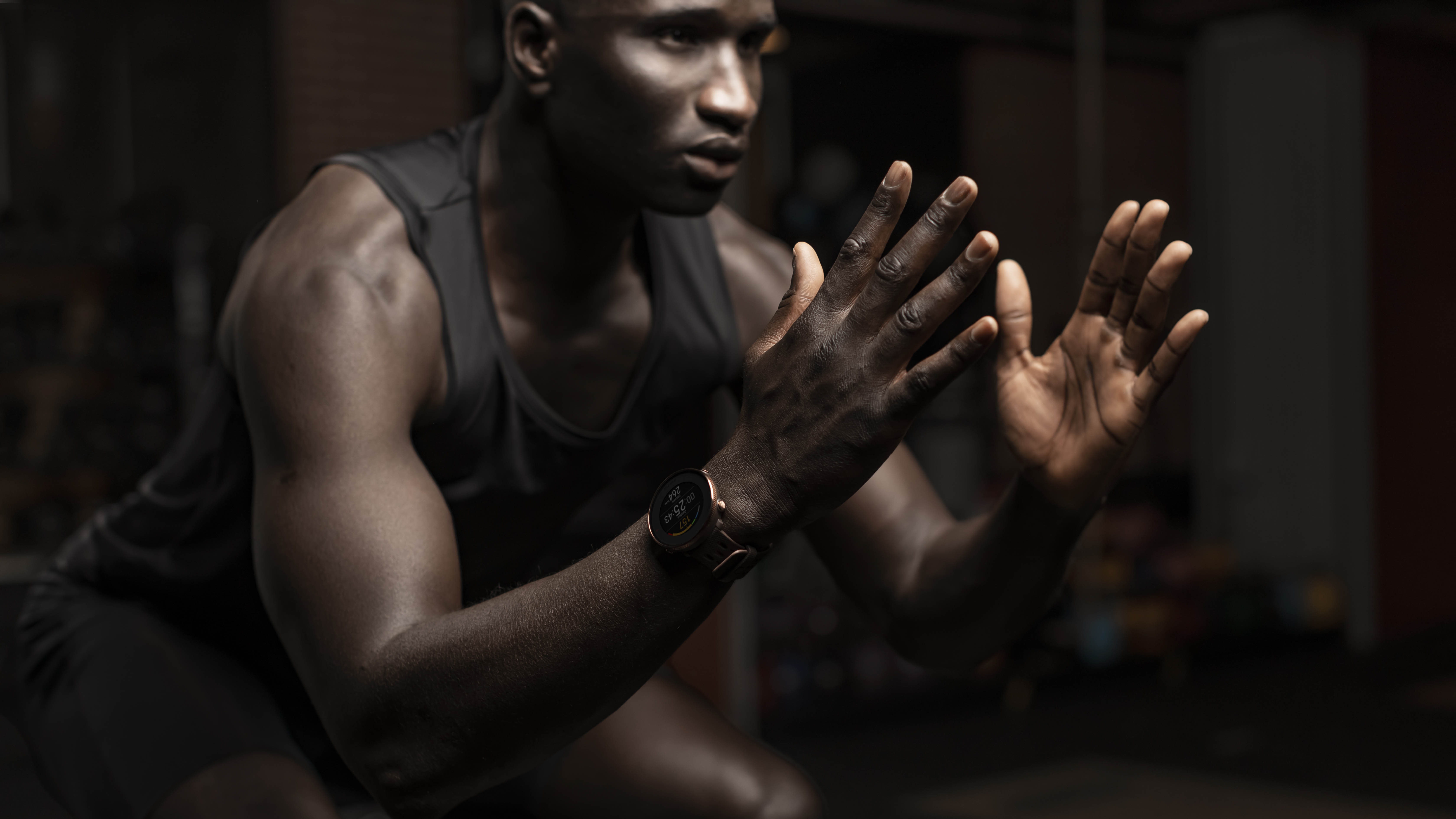
Garmin vs Polar: build quality
Both Garmin and Polar watches are renowned for their build quality but they differ from each other significantly.
Polar has a more streamlined lineup and its watches look quite similar with their round watch faces. A typical Polar watch case is often made of glass fibre reinforced polymer, a very sturdy plastic compound, while the bezel is either stainless steel or aluminium. The lens material varies from watch to watch: the Vantage V2 has Gorilla Glass protecting its display, the Vantage M2 a ‘hard-coated PMMA laminated’ glass and the Ignite 2 features Dragontrail glass lens. The strap is almost exclusively made of silicone on all Polar watches. Overall, Polar watches are light but remarkably sturdy, especially considering that they all have a plastic body.
You have to be more careful when choosing a new Garmin watch as they use a variety of materials. For example, Fenix models use Corning Gorilla Glass DX or sapphire crystal lens, stainless steel, titanium or diamond-like carbon (DLC) coated titanium bezel, stainless steel, titanium or diamond-like carbon (DLC) coated steel case and silicone, leather, titanium or nylon straps. There are 28 different versions of just the Garmin Fenix 6 and they tend to be heavier and more rugged than your average running watch.
Forerunners are a bit more straightforward and they often use fibre-reinforced polymer case/bezel and Corning Gorilla Glass DX lens. Forerunners are often lighter than Fenix models yet equally as resilient. Venu models also have fibre-reinforced polymer cases and Gorilla glass lens, often coupled with an aluminium bezel to reduce weight and make the watches look more stylish and polished.
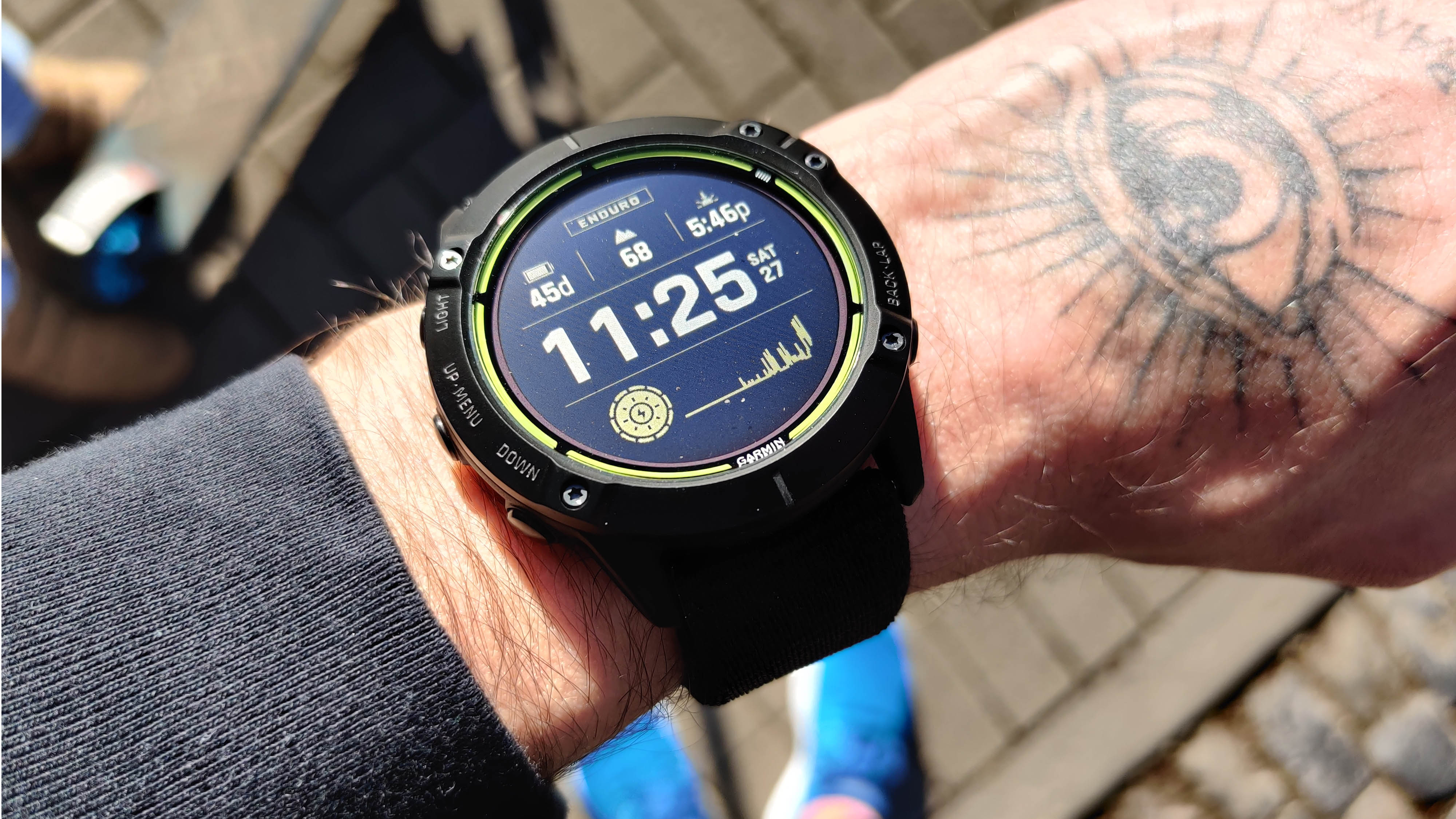
Garmin vs Polar: battery life
Battery life is another huge topic that deserves its own article, but we’ll try our best to cover the basics here. Here is a quick comparison chart of the battery life of different running watches:
| Battery Life | Polar Vantage V2 (346 mAh Li-pol battery) | Polar Vantage M2 (230 mAh Li-pol battery) | Polar Ignite 2 (165 mAh Li-pol battery) | Garmin Forerunner 245 Music | Garmin Forerunner 945 | Garmin Fenix 6 Pro | Garmin Enduro | Garmin Venu 2 |
| Smartwatch Mode | Up to 7 days | Up to 5 days | Up to 5 days | Up to 7 days | Up to 14 days | Up to 14 days | Up to 50 days | Up to 11 days |
| GPS Training Mode | Up to 40 hrs | Up to 30 hrs | Up to 20 hrs | Up to 24 hrs | Up to 36 hrs | Up to 36 hrs | Up to 70 hrs | Up to 22 hrs |
| GPS Training Mode w/ Music | N/A | N/A | N/A | Up to 6 hrs | Up to 10 hrs | Up to 10 hrs | N/A | Up to 8 hrs |
| Battery Saver options available? | Yes | Yes | Yes | Yes | Yes | Yes | Yes | Yes |
It’s worth noting that the Garmin Enduro features the Power Glass technology and given enough sunlight exposure, the watch can go even longer without having to put it on the charger. The Enduro also has a seriously long battery life in battery saver modes, something we won’t discuss here. Battery saver modes often disable sensors and reduce functionality and most people won’t need these often, or ever.
If you need a watch with long battery life, choose the Garmin Enduro, If you need a more reasonably priced watch with long GPS battery life, have a look at the Vantage V2 or the Forerunner 945. Despite the AMOLED display, the Garmin Venu 2 will only need charging once every other week which is pretty impressive.

Garmin vs Polar: training and recovery features
Some might say that Garmin and Polar have an obscenely large number of training and recovery features, especially their flagship models, and there is no way an average person can ever fully utilise these. Although we agree with the first half of the statement, it’s true that not everyone has to use all the features of these watches, only the ones that will help them with their training.
Most Garmin watches nowadays have the Garmin Coach feature onboard (adaptive running trainer), as well as running dynamics analysis, VO2 max estimation, automatic blood oxygen saturation measurements, training status/effect/load/recovery time estimations, plus stuff like Body Battery which shows you your energy levels based on training and recovery status. Recent Garmin watches feature the Elevate v3 optical heart rate sensor which is said to be one of the most accurate optical sensors in the market today. An exception is the Venu 2 that uses the Elevate v4 sensor.
Polar watches are also precise running wearables: the Precision Prime sensor tracks heart rate accurately, considering it’s wrist-based system. Polar watches have a million recovery features included, including Nightly Recharge (tracks sleep to determine how well you recovered from the day before), Training Load Pro, Recovery Pro and Sleep Stages Plus. Training features FuelWise (macro intake suggestions), HillSplitter (uphill and downhill performance breakdown), FitSpark (daily workout suggestions), energy source breakdown, running indes and loads more.
You can’t go wrong with either brand when it comes to workout and recovery data and suggestions. We tend to lean towards Garmin when it comes to training and Polar for recovery suggestions.
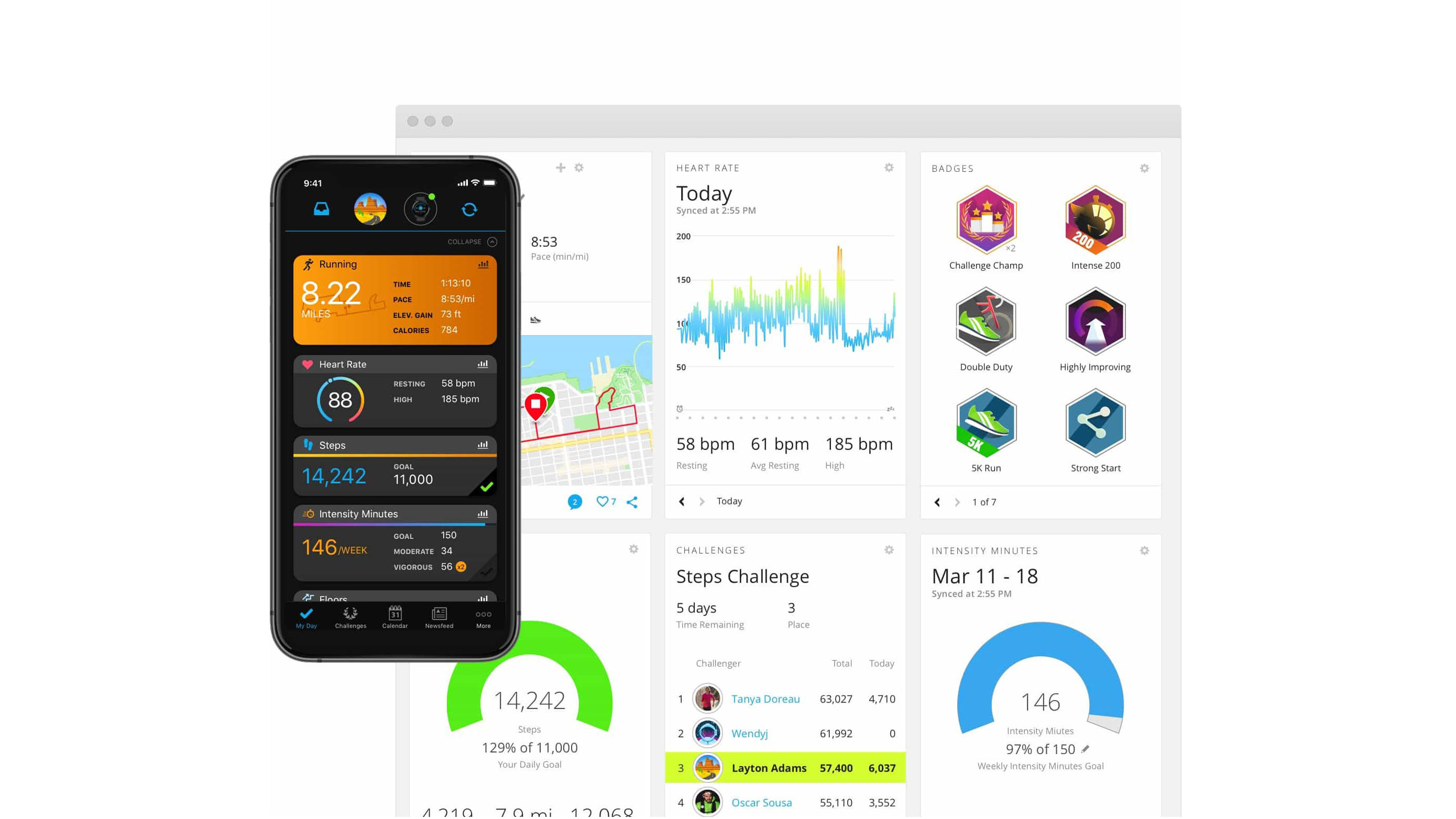
Garmin vs Polar: companion app
Running watch companion apps are almost as important as the watches themselves: a lot of data collected by the watches will not be available to view on the watch itself so you will need to use the apps to collate and keep track of your training sessions.
Garmin’s companion app, Garmin Connect, is not a bad app overall. Daily training summaries are displayed on the home page and it’s generally easy to navigate around the app. Garmin Connect has some third party support but it won’t send data to Google Fit/Apple Health, so if you have another smart device that feeds data into one of these apps, you won’t be able to add extra health data from Garmin devices to the mix.
The Polar Flow app could use a bit of an user interface overhaul: the home page can be slightly challenging for newcomers. The Polar Flow app tries to show you an overview of a lot of data but it’s almost impossible to make out which line on the graph means what. To further confuse people, Polar also has another app called Polar Beat which essentially functions as an external screen for its heart rate monitor, such as the Polar Verity Sense. You can start workouts in the Polar Beat app and once finished, Beat will synchronise with Flow automatically.
It’s not impossible to navigate the Polar Flow app but the Garmin Connect definitely has the competitive edge over Polar Flow.

Garmin vs Polar: verdict
So, which one should you buy: Garmin or Polar?
The truth of the matter is that neither of them will disappoint. Garmin offers more watches and these often also have a lot of different versions which in theory could help you find a running watch that’s tailored to your needs (and budget). That said, it can feel overwhelming, trying to make a decision between two Garmins that look and perform almost exactly the same.
For those who really don't like charging their watch and don't care about music (or the amount of money they spend on a running wearable), the Garmin Enduro is a no-brainer. All the features available on the Forerunner 945 can feel overwhelming, even for seasoned runners, but we can't not recommend it as it is one of the best running watch in the market overall. For most runners, especially beginner and intermediate sportspeople, the Forerunner 245 (or 245 Music) will offer a good balance between price and functionality.
Polar watches offer similar functionality to Garmins at every skill level but admittedly, the Polar Flow app does taint the experience. However, if you prefer a dedicated watch for training with a touchscreen, the only option worth considering is the Polar Vantage V2. Don’t need the touchscreen or the different tests? Get the Polar Vantage M2. Don’t need a sports watch in the first place? Pick the Polar Ignite 2. Choosing a Polar is really as easy as that.
We certainly recommend getting a multisport watch if you want to get better at running, cycling and/or triathlons as they can provide you with a lot of useful training data and recovery options, tailored to your cardiovascular fitness level and workout intensity.

Matt Kollat is a journalist and content creator who works for T3.com and its magazine counterpart as an Active Editor. His areas of expertise include wearables, drones, fitness equipment, nutrition and outdoor gear. He joined T3 in 2019. His byline appears in several publications, including Techradar and Fit&Well, and more. Matt also collaborated with other content creators (e.g. Garage Gym Reviews) and judged many awards, such as the European Specialist Sports Nutrition Alliance's ESSNawards. When he isn't working out, running or cycling, you'll find him roaming the countryside and trying out new podcasting and content creation equipment.
-
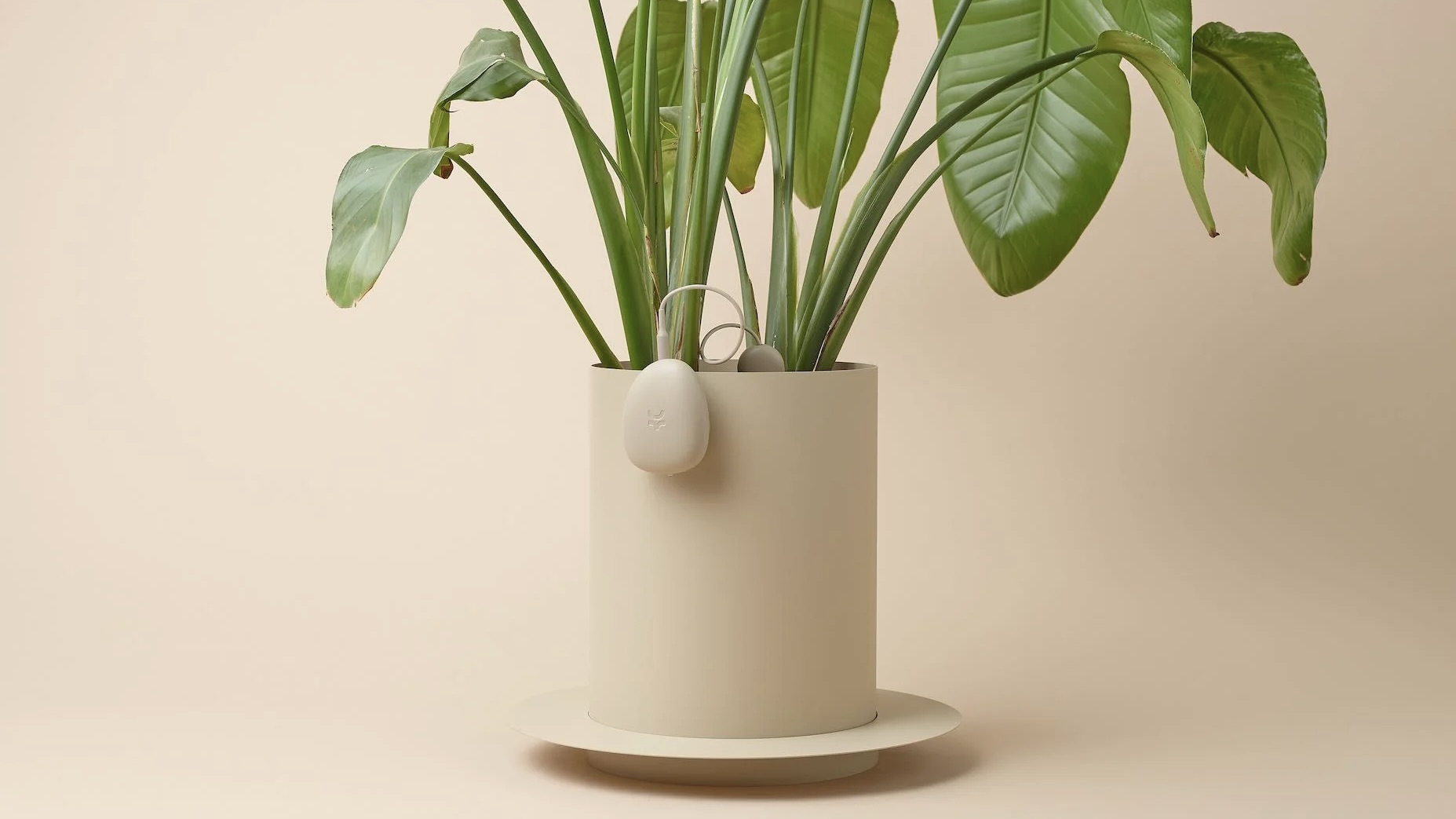 This smart home gadget can tell you when to water, feed and move your houseplants
This smart home gadget can tell you when to water, feed and move your houseplantsStress-free plant care? Yes please
By Lizzie Wilmot
-
 Strava just bought Runna and we got the inside story from both CEOs
Strava just bought Runna and we got the inside story from both CEOsNo, Runna isn’t going anywhere – and no, your subscription won’t get more expensive (for now)
By Matt Kollat